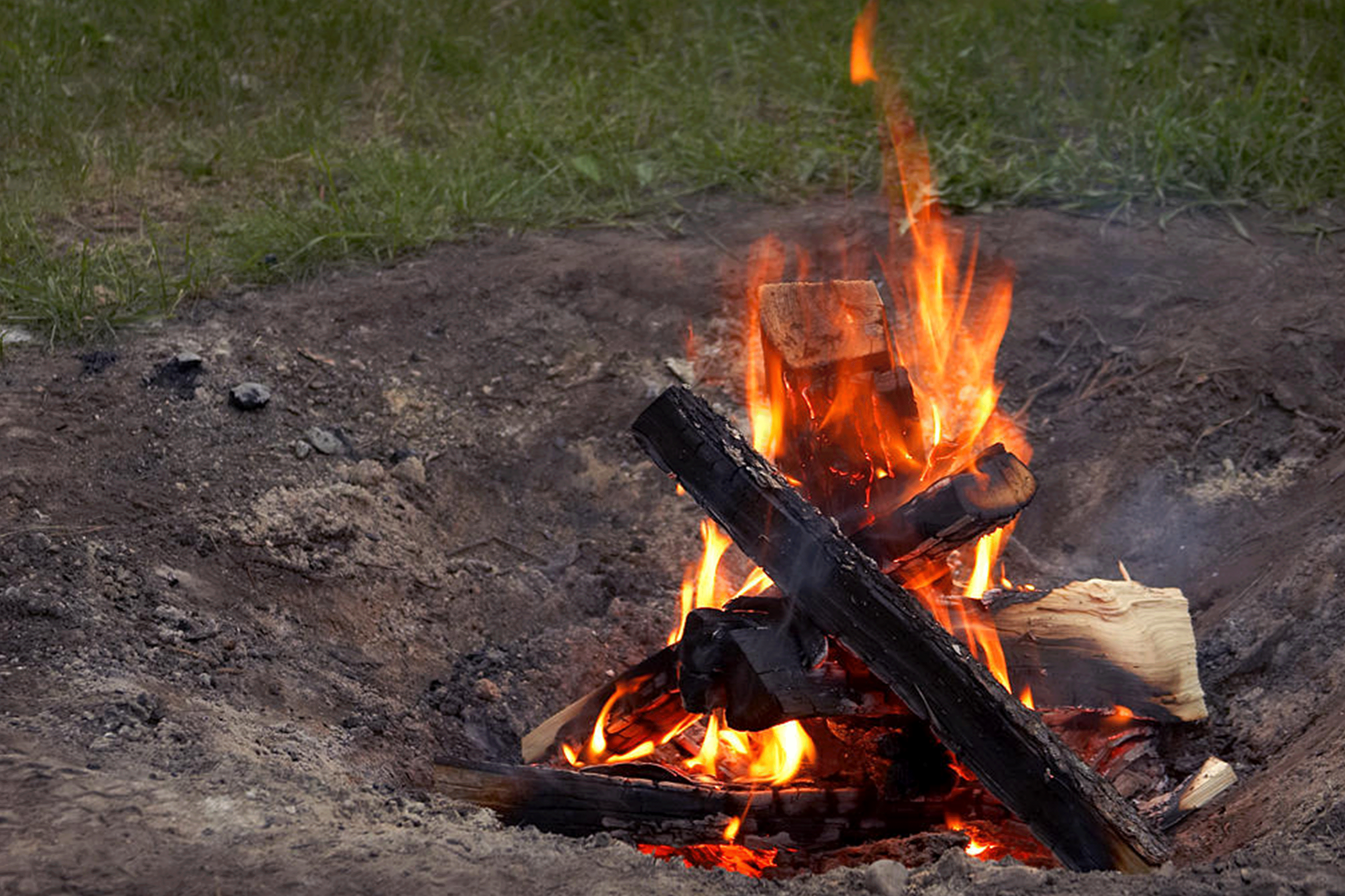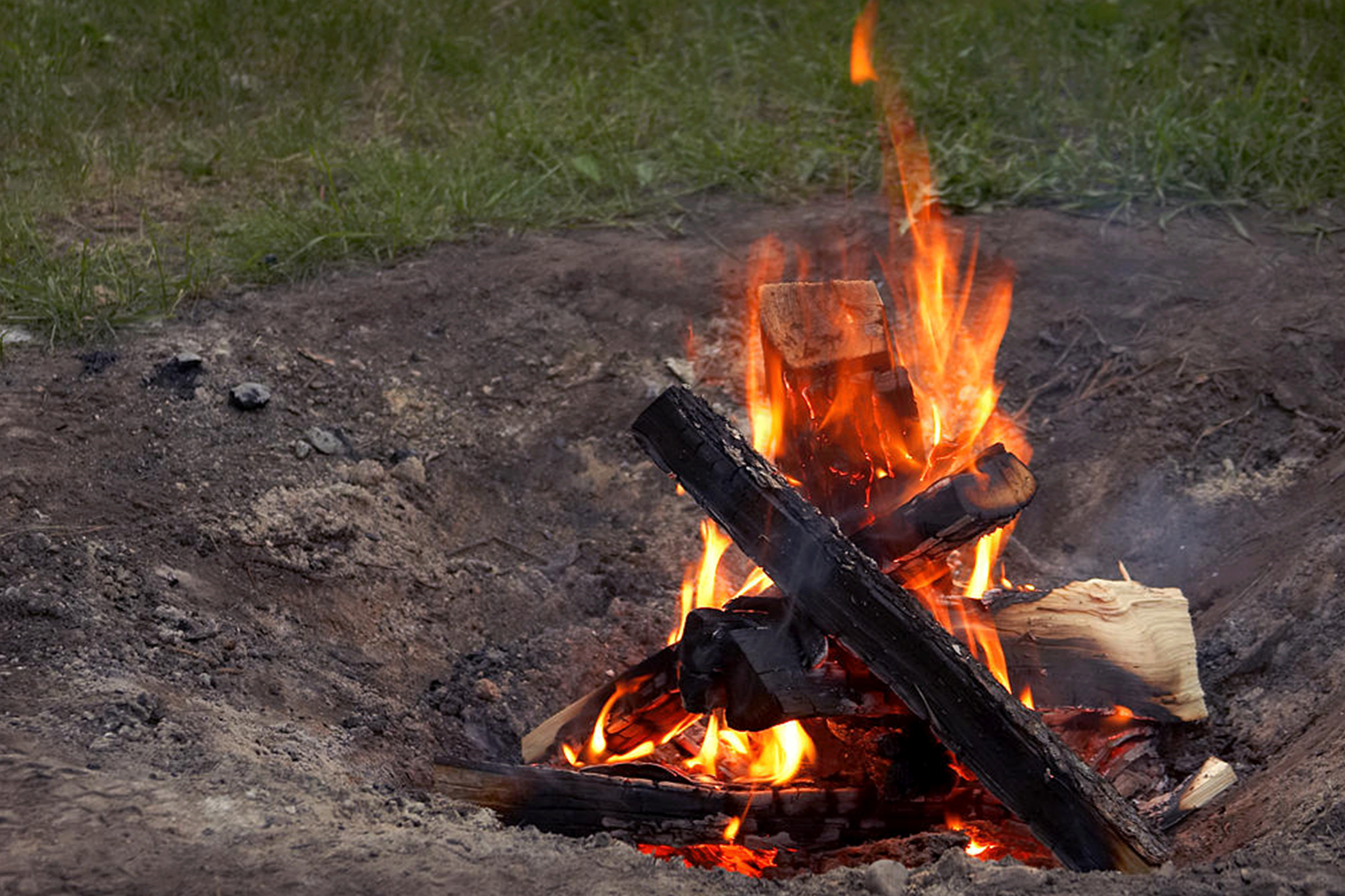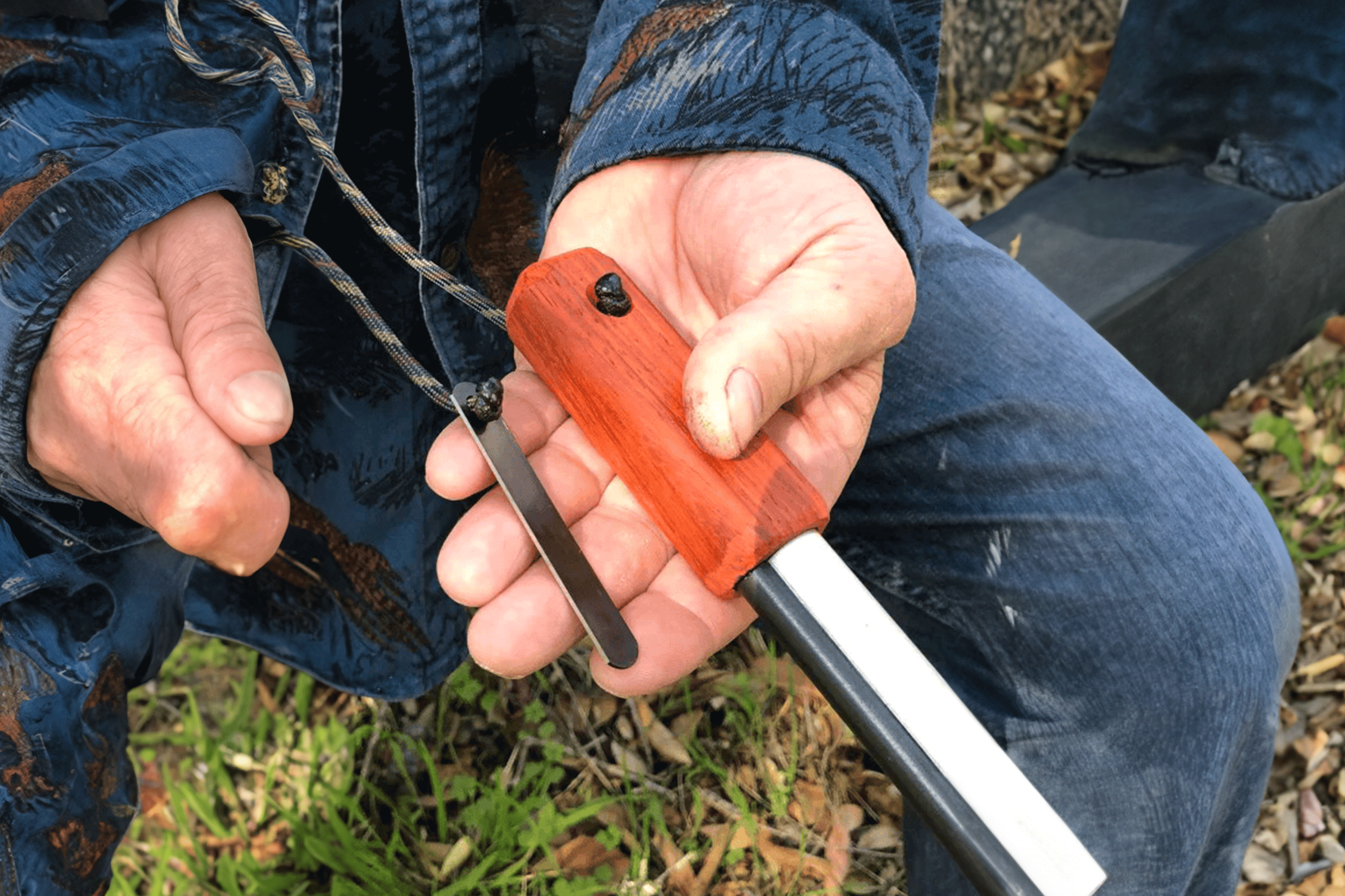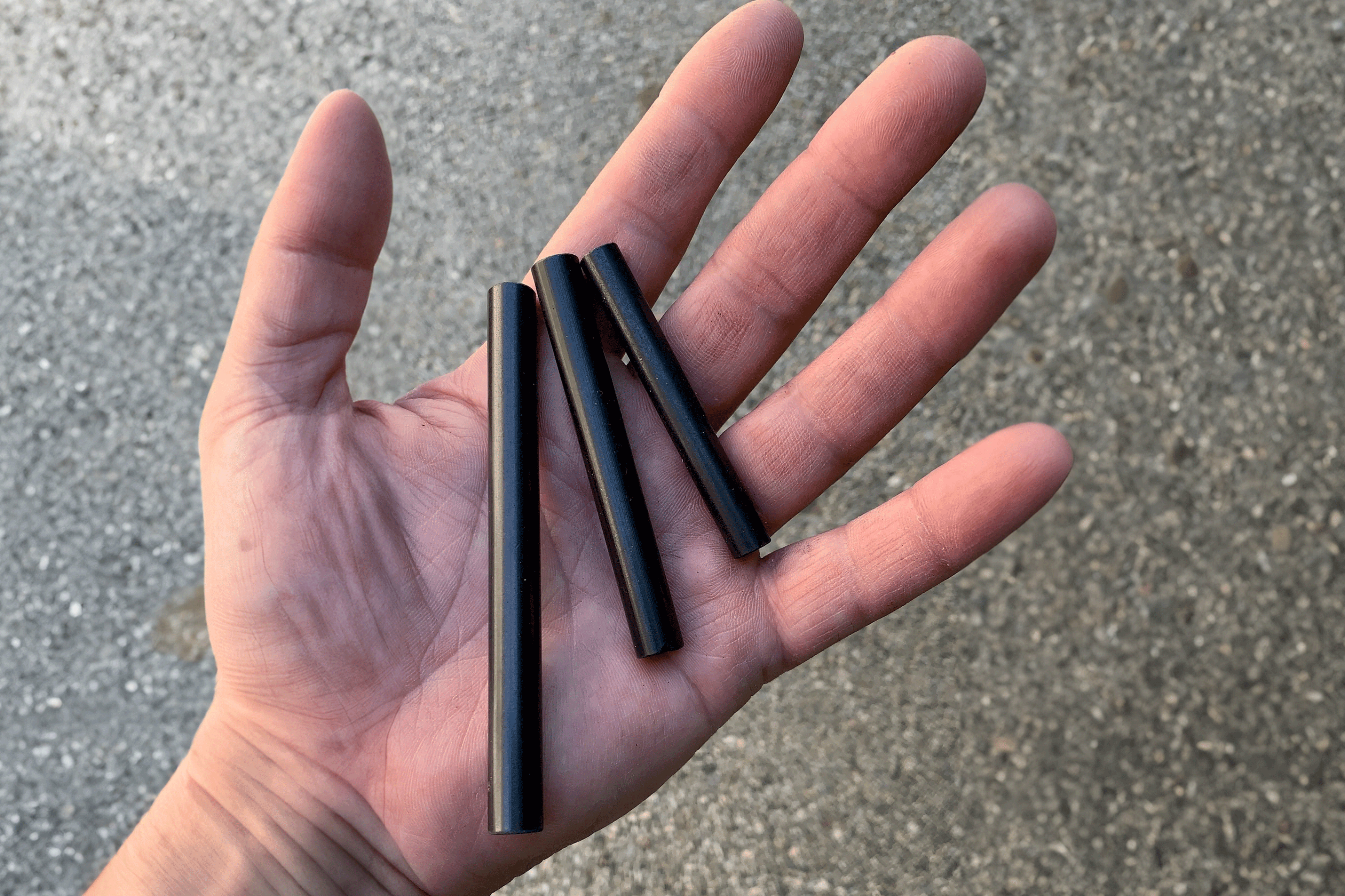Article: Controlling Fire

Controlling Fire
Camping and survival situations are very different. If you fail to get a fire lit with your fire starter while camping you will endure some slight discomfort, a cold meal, some shivering etc. and that’s about it. But probably you have some matches or lighter fluid as a backup and all is well. Soon you’ll have a roaring fire and hot cooked meal.
In a survival situation – where lighting a fire is the difference between life and death – the stakes are higher. That’s why we suggest that when you go camping – don’t waste this invaluable training ground. Practice your survival skills.
Fires are essential: the primary survival point is boiling water. You can make it without food for 2 to 3 weeks, but only three days without water. Never drink from ponds, lakes, or streams without boiling – the live bacteria won't kill you instantly but will weaken you until you're unable to care for yourself without medical help. 2) Heat. Even a fairly small fire can keep your hands warm. 3) Cooking. This at once increases the assortment and accessibility of nutrients and reduces disease and parasites by killing organisms in the food. Same goes for boiling water. 4) Protection. Fire keeps night-time predators away. 5) Location. Fire allows others to more easily locate you. This can be helpful or dangerous as the situation dictates.
Control of fire was a dramatic transformation in the behaviors of early humans. Food, Heat, Protection, Location. All based on the ability to generate and command fire.
I heard recently that prior to the early 1800’s most people were directly involved in the production of their next meal. They knew how to do it – everyone did. We have come a long way. This means there is a long way to fall. With a practical intent, it’s easy to conceive that in the event of societal collapse vast numbers would die very quickly from lack of basic survival skills.
Preparation is required before using your Fire starter.
Just because you buy a Fire starter doesn’t mean you’re prepared to start a fire. Weather, ground, water availability – location, shelter and the lay of the land plus sources of fuel are very important. In terrible weather, if you’re caught out in the open, lighting a fire requires great skill. If you are in a fixed location you’ll have had time to erect a shelter and make a protected fire pit and build up a supply of fuel.
If you are trekking then the selection of a campsite is of upmost importance. Natural shelter (protection from wind and rain), proximity to water and availability of fuel are what to look for. You have to dig a fire-pit or stack rocks in a protective formation. Unless you are sheltered from wind and rain your chances of lighting a fire are greatly reduced.
Types of Fuel.
There are four main categories: 1) Tinder, 2) Kindling, 3) Larger wood, 4) Accelerant.
Tinder is the tiny wood particles, paper, dry grass etc. Kindling is the small dry sticks, small wood, bark cut or shaved from larger branches. Larger wood is the cut branches or tree trunks. The whole procedure is one of increase. From the spark comes the small fire and then the large one.
You must collect adequate supplies of the first three categories of material to make a successful fire.
Fire-Fast Fire Starters.
Our fire starters are all equipped with tinder (hardwood handle), an accelerant (magnesium rod) and igniter (ferrocerium rod or flint). It’s the beginning of the fire. The Trekker, Kamper Lanyard, and Firefly are excellent. The Trekker is our work horse and has sufficient material and endurance to light thousands of fires. The Kamper can be worn as a lanyard and is excellent for all your camping needs. The Firefly is for backpacking (weighing under 2 ounces). And the Firefly Mini which has a smaller handle but the same sized mag and ferro rod combination, weighs in at 1.5 oz. and that's a good six months of daily fires.
Even so, any fire starter will be ineffective if your fire pit is not protected from the wind and rain.
Procedure.
In the base of your fire pit place a flat rock or piece of wood. This provides a platform to rest the fire starter on. Scrape a small pile of magnesium from the rod and/or tinder from the handle. Place other tinder you have gathered over but not completely covering the magnesium. Use the striker to shower sparks from the flint directly onto the tinder/magnesium. This will ignite (catch fire) and cause a surge of intense heat to shoot up through your tinder. Build (increase) your fire by slowly adding kindling. Then adding larger wood.
Fire-Fast fire starters can be used as a source of tinder by using the striker to scrape shavings of wood from the handle. Additionally, the magnesium rod can be scraped to produce small shavings that can be ignited by striking sparks from the flint. This accelerant produces a surge of intense heat.
Survival requires knowledge, preparation, tools – and effort. We’ve made our fire starters to provide a durable workmanlike tool to allow you to train for survival and to thrive in a changed world.
Lastly.
Making a fire is all about the preparation. Its importance in a survival situation is clear. We have constructed our line of fire starters to last. They will serve you well. We encourage you to raise your skill level if for no other reason than pure enjoyment at being able to do something well.







Leave a comment
This site is protected by hCaptcha and the hCaptcha Privacy Policy and Terms of Service apply.